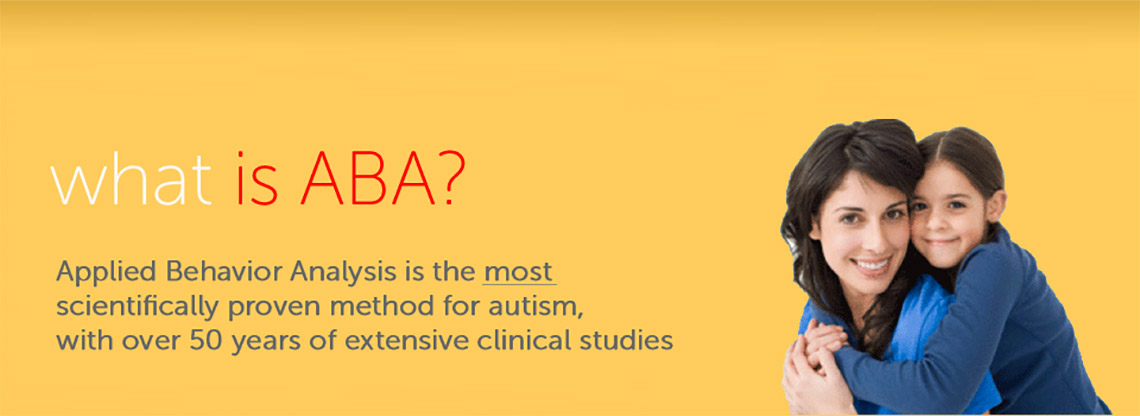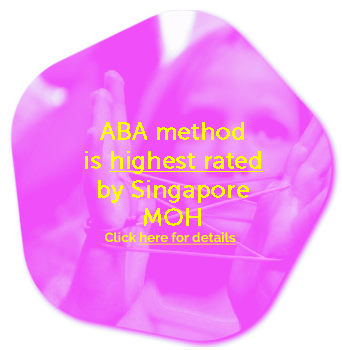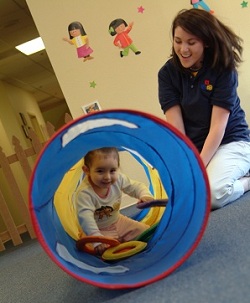
What is Applied Behavior Analysis (ABA) Therapy in Singapore?
ABA therapy enables individuals with Autism/Autism Spectrum Disorder to function effectively.
ABA therapy is recognized by the Singapore Ministry of Health, with the highest level of recommendation (Grade A) and highest level of evidence (Level 1++). (Source: AMS-MOH Clinical Practice Guideline 1/2010). Details here.
ABA therapy is also recommended by the American Academy of Pediatrics, and the US Surgeon General for autism.
It has 50 years of clinical proof of effectiveness globally, now in Singapore.
How does ABA therapy help in autism?
ABA therapy improves skills in multiple learning domains:
- Language and Communication
- Cognition and Perception
- Social and Play Skills
- Classroom Group behavior
- Motor skills
- Self-help independence
ABA therapy reduces tantrums and behavior problems:
- tantrums and excessive crying
- aggression and injurious behavior
- lack of compliance
- inattention and rigidity
- self-stimulation and sensory issues
How is ABA therapy done in Singapore?
During ABA therapy, in Singapore and in ABC Centers globally, each skill to be learned is broken down into manageable units so that each part can be taught effectively. This is done through discrete trials, where each unit of behavior is taught to mastery. Then learned units are put together to form more complex behavior.
Behavior excesses (behaviors that need to be decreased eg. tantrums) or behavior deficits (behaviors that need to be increased eg. eye contact) are managed during ABA therapy sessions in Singapore to enable the individual to function effectively. This is done through positive reinforcement.
A comprehensive assessment is first done before ABA therapy to determine the child’s skill level and behavior deficits and excesses. Then, an individualized ABA therapy program is created based on the assessment done at ABC Center Singapore.
ABA therapy sessions, in Singapore and in ABC Centers globally, involve teaching each unit of behavior. Data from each trial is recorded and analyzed to determine progress.
As the child learns each skill, he/she then progresses through his/her individualized program to learn more complex behaviors.
What are the results of ABA therapy?
ABC Center Singapore’s ABA therapy results are consistent with 50 years of extensive scientific clinical data.
All children under ABC Center SIngapore’s ABA therapy program make progress.
100% of children are effectively communicating their wants and needs within one year, either vocally and/or by PECS or sometimes ASL (American Sign Language).
90% are eventually transitioned to either a mainstream or special education school.
If ABA therapy is started at an early age, a significant number of children are able to transition to regular school with same age peers.
View our detailed clinical results here.
Do all centers who provide ABA therapy in Singapore have equal effectiveness?
Not all ABA therapy providers in Singapore have the same level of expertise. Board Certified Behavior Analysts (BCBA’s) are required to ensure that the child’s program is properly designed, and that staff are properly trained and supervised.
In all of Singapore, ABC Center is the only ABA therapy center with all children’s program’s supervised by a Board Certified Behavior Analysts (BCBAs)
ABC Center’s Clinical Director, Ms Hui Ling Loh, has the most number of years’ experience as a BCBA in Singapore, to provide the best ABA therapy for your child.
Furthermore, our autism therapy in singapore ensures that all our staff have dual level of supervision, with lead autism therapisits and behavior analysts supervising our programmes.
ABC Center Singapore is globally committed to provide the most effective ABA therapy program for each
child in our care.


